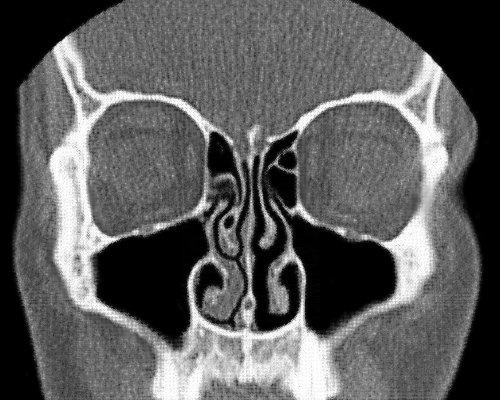The healing power of the beach

I recently came across this 2013 article by Adee Braun in The Atlantic, which takes a historical perspective on the perceived medical benefits of time spent at the seaside. From a British perspective, there wasn’t much here that was particularly new: I’m sure we all learned in school history lessons about the Victorian obsession with the seaside.
The seaside resort was where the serious healing took place. The sea air along with the ocean views and warm weather were considered critical to a patient’s recovery, especially when treating tuberculosis.
Something about the presentation of the article, though, made me reflect on how restoring a walk at the seaside is for me—and how, in its own way, that’s a modern perspective on the health-giving benefits of the seaside.
Wendy and I love a walk along the coast or the beach, and we are therefore particularly lucky to live in the North East, where many miles of spectacular coastline are close by. If we’re feeling down or not quite ourselves, a bracing walk by the sea always helps. This is undoubtedly partly due to the physical exertion, but I think it’s also to do with the perspective that the coastline brings: the vast scope and the view out to an impossibly distant horizon serve as a reminder about how small we and our problems are in reality.
We have many friends and colleagues who dip into the North Sea year-round, as Braun describes people doing for hundreds of years. Braun says that a dunk in the freezing sea can resemble ‘waterboarding far more than a spa treatment,’ with ‘the twin effects of cold and suffocation causing terror and panic.’
That’s not for me, but I continue to enjoy a long stroll along the coast.
The image at the top of this post was generated by DALL·E 3. I not sure what’s going on with the doctor’s teeth, and can confirm that I’ve never worn a stethoscope at the beach.
This post was filed under: Miscellaneous, Adee Braun, The Atlantic.








